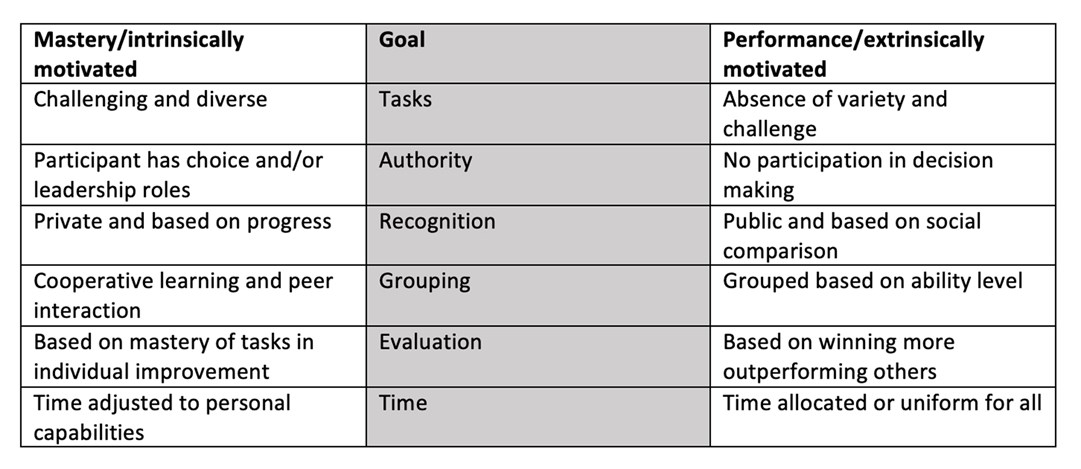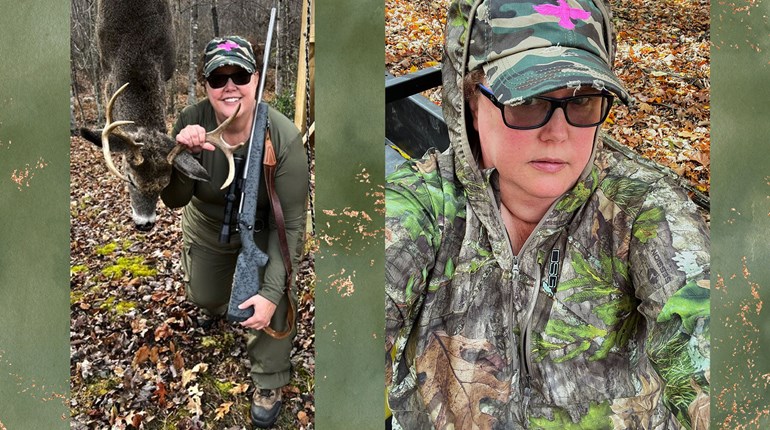
I enjoy listening to folks talk about motivation—or lack thereof—especially after New Year’s resolutions have dwindled. Some stick to their guns and persevere, and I am always interested to hear how those people have stayed motivated. Many others will drop their resolutions or ideas and offer complaints or excuses. If you have resolved to go to the range on a regular basis, practice more often, or learn something new, how do you increase your motivation to ensure that you actually do it?
Motivation can be intrinsic or extrinsic. Intrinsic motivation comes from within and is associated with feelings of achievement and enjoyment from doing something stimulating. It is a practice of self-determination. Extrinsic motivation comes from a drive to achieve something, avoid sanctions for not doing something, or is just a means to an end. Intrinsic motivation is often found to be the most sustained and effective, but that can vary with the task at hand as well. Motivation can get more complicated by combining intrinsic and extrinsic motivations in order to appease potential feelings of guilt, seek compensation or promotions, or a combination of getting paid and achieving internalized personal goals. You can also lack motivation due to a belief that what you do doesn’t make any difference.
So how do we change our motivations? Events that positively impact your perceived competence will increase intrinsic motivation. Adding some friendly competition or creating achievable milestones in your practice routine may help with this. A taste of success can keep us hungry. Also, giving yourself credit where credit is due can help. “I did it” increases intrinsic motivation whereas “It was luck” can decrease it. Informational rewards such as some coaching tips will increase intrinsic motivation. On the other hand, if you were getting paid to go to the range (I wish!) your intrinsic motivation might decrease and possibly increase extrinsic motivation.

Being oriented to the task (identifying success by self-improvement) also increases intrinsic motivation. Being oriented to ego (identifying success by social comparison) is not as reliable for intrinsic motivation and can often increase extrinsic motivation and anxiety. Having others participate with you can increase both intrinsic and extrinsic motivations. Below are some considerations for making a class, group, or activity more intrinsically motivating, task oriented, and mastery driven.
To increase intrinsic motivation for shooting, range time, etc., you can start with creating variety of challenging tasks. Give yourself the authority to choose your challenges, set your own goals, and be more active in friendship groups, clubs, range memberships, etc. Encourage any recognition from yourself and others to be based on progress instead of social comparisons. Join groups that will provide support and encouragement and participate in learning together instead of comparing skills with each other. Make sure that you judge your progress based on how well you master tasks and not as much on outperforming others. Also, be patient with yourself and allow yourself the time to be successful instead of only allowing a set amount of time to achieve a goal.
Extrinsic motivation is also helpful, but it comes with a little more baggage. Some competition can be motivating and challenging. The baggage may be in dealing with failures or ribbing from others. If you find someone that will pay you for going to go the range and use up ammo, please send me his or her number. The baggage here is turning something fun into a job. There is nothing wrong with extrinsic motivation if you are willing to carry the baggage. The older I get, the less I want to tote around anything extra.
So, let us put our motivation plan together and get to the range! I look forward to learning with my friends and I can’t wait to see if I can still pull off an accurate failure drill in less than four seconds.
About the Author: Samantha Mann, MA, is a W.V. Licensed Psychologist, Licensed Professional Counselor WV, and Nationally Certified Counselor. Raised in West Virginia, Samantha was the youngest of six grandchildren (and the only female) who were raised to love the outdoors and hunting. She has hunted from Texas to Africa, and believes that while Superman gets his power from the sun, her power comes from the outdoors. Samantha lives in southern West Virginia with her supportive husband, who doesn’t mind showing off her trophies to his buddies. She balances her time in the office helping others with time in the outdoors, focusing much of her career on helping children and adults who have been abused, neglected and mistreated.














































